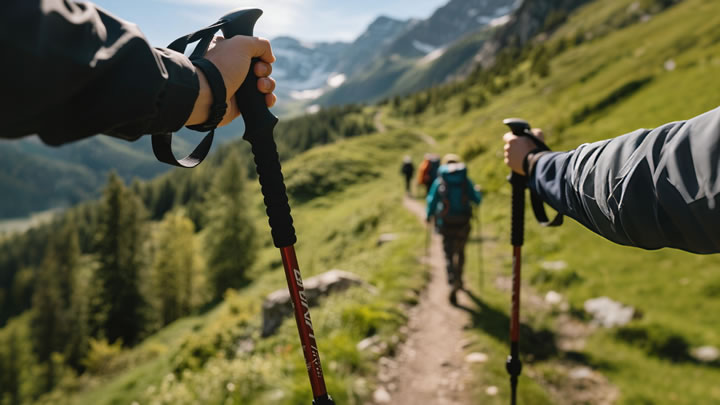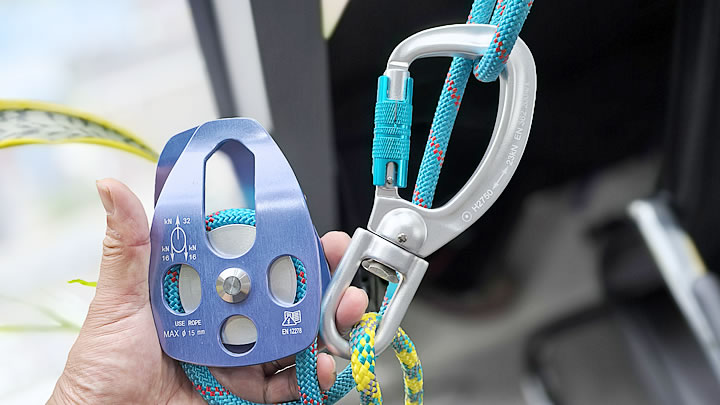How to Sleep Comfortably in a Hammock: A Complete Guide
Sleeping in a hammock isn’t just for lazy afternoons—it’s a science. Whether you’re camping, traveling, or upgrading your backyard, mastering the art of hammock sleep ensures restful nights and happy mornings. Here’s your ultimate guide to ditching discomfort and embracing the sway.

1. The Golden Rule: Hang It Right
Angle and Sag: Start with a 30-degree hang angle between the hammock and anchor points. This creates a slight sag, allowing you to lie diagonally and achieve a flat, spine-friendly position. Too tight (straight) causes a “banana curve,” straining your back; too loose reduces support.
Height and Accessibility: Hang the hammock 18-24 inches off the ground for easy entry. Use adjustable straps with carabiners for quick tweaks.
Anchor Points: Trees, stands, or wall hooks must be sturdy. For outdoor setups, choose trees at least 6 inches in diameter and 12-15 feet apart. Indoors, use load-rated ceiling joists or freestanding stands.
2. Master the Diagonal Lie
Sleeping parallel to the hammock’s centerline forces a curved posture. Instead:
- Enter the hammock and shift your body diagonally at a 10-15° angle.
- Let your head and feet align with the hammock’s edges.
- Bend your knees slightly or use a pillow under your legs to reduce lower back pressure.
This diagonal position flattens the hammock, mimicking a bed’s support.
3. Gear Up for Comfort
- Underquilts vs. Sleeping Pads: Cold air beneath steals warmth. An insulated underquilt wraps the hammock’s underside, trapping heat without compression. Prefer pads? Use a non-slip foam pad or inflatable camping pad.
- Pillows: Opt for a compressible camping pillow or rolled-up jacket to support your neck. Avoid bulky pillows—they disrupt balance.
- Bug Nets and Rainflies: Protect against insects and rain with lightweight, breathable mesh nets and waterproof tarps.
4. Adapt to Your Sleep Style
- Side Sleepers: Place a small pillow between your knees to align hips. Choose wider hammocks (11+ ft) for elbow room.
- Back Sleepers: Slightly elevate your head with a thin pillow to prevent acid reflux. Ensure the hammock’s fabric is taut but not rigid.
- Stomach Sleepers: Hammocks aren’t ideal, but if you must, lie diagonally with a pillow under your hips to reduce spinal twist.
5. Seasonal Adjustments
- Summer: Use breathable fabrics like parachute nylon. Add a portable fan or choose shaded spots to avoid overheating.
- Winter: Layer a 4-season underquilt and top quilt. Wear moisture-wicking base layers to stay dry.
- Rainy Weather: Angle your rainfly steeply to redirect water and prevent sagging.
6. Troubleshooting Common Issues
- Shoulder Squeeze: Caused by a narrow hammock or poor diagonal lie. Upgrade to a wider model (double hammocks work best).
- Motion Sickness: Limit swinging by securing the hammock tightly or using a stand. Focus on deep breathing to relax.
- Morning Stiffness: Stretch before bed and ensure your hammock isn’t overly taut.
Pro Tips for 2025
- Smart Fabrics: Look for hammocks with temperature-regulating materials or UV-protective coatings.
- Eco-Friendly Insulation: Brands like Enlightened Equipment now offer recycled synthetic underquilts.
- App-Integrated Gear: Use tension-measuring straps (like Tensahedron’s smart straps) to perfect your hang via smartphone.
Final Thoughts
Sleeping comfortably in a hammock blends physics, gear, and personal tweaks. Prioritize diagonal lying, invest in insulation, and adjust for seasons. With practice, you’ll wake up refreshed—ready to swing into the day.






